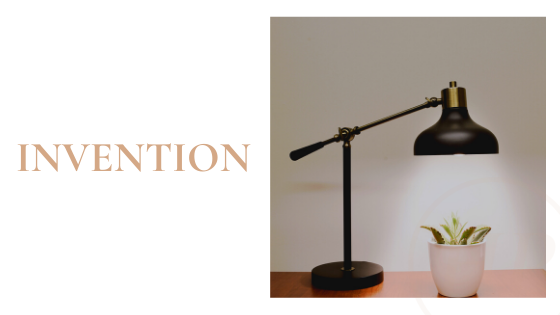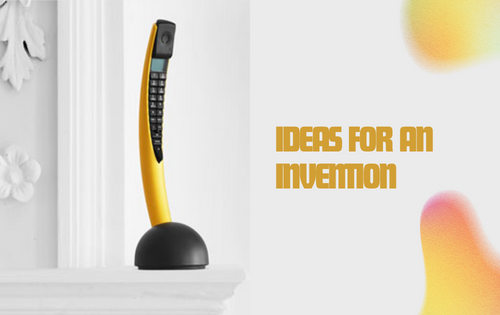
Don’t let “One Year Rule” kill your invention!
You’ve invented the next best thing since sliced bread. That’s good. But you’ve been chatting about your invention in the lunchroom with your co-workers for months. That’s bad.
What many inventors don’t know is that you have ONE YEAR from your public disclosure to file for a patent on your invention. Once you mention it to friends and family, even if it is just in idle chit-chat, the one-year clock starts ticking.
After one year from disclosure passes, an invention cannot be patented. It becomes, in patent lingo, “prior art” as explained by InventHelp experts.

Let me be extra clear on this very important point: If you’ve talked about or demonstrated the invention in public, or offered it for sale, or described it in any public venue (in a published article, on a Web site, etc.), the one year clock starts to tick. And it can’t be stopped. After the one year time frame concludes, the invention becomes part of the public domain – and it can’t be patented.
One small twist to this absolute rule: If you disclose your invention to another party using a Non-Disclosure Agreement (”NDA”) or similar type of confidentiality agreement, in most cases you are exempt from the One Year Rule.
Bottom line: If you’ve already disclosed your invention, and 12 months have not yet passed, and you want to maintain your ownership of the invention, a patent application would seem to be your next step. You can seek help from patenting agencies like Invent Help to help you out.
Hope this information is helpful. Happy inventing.




